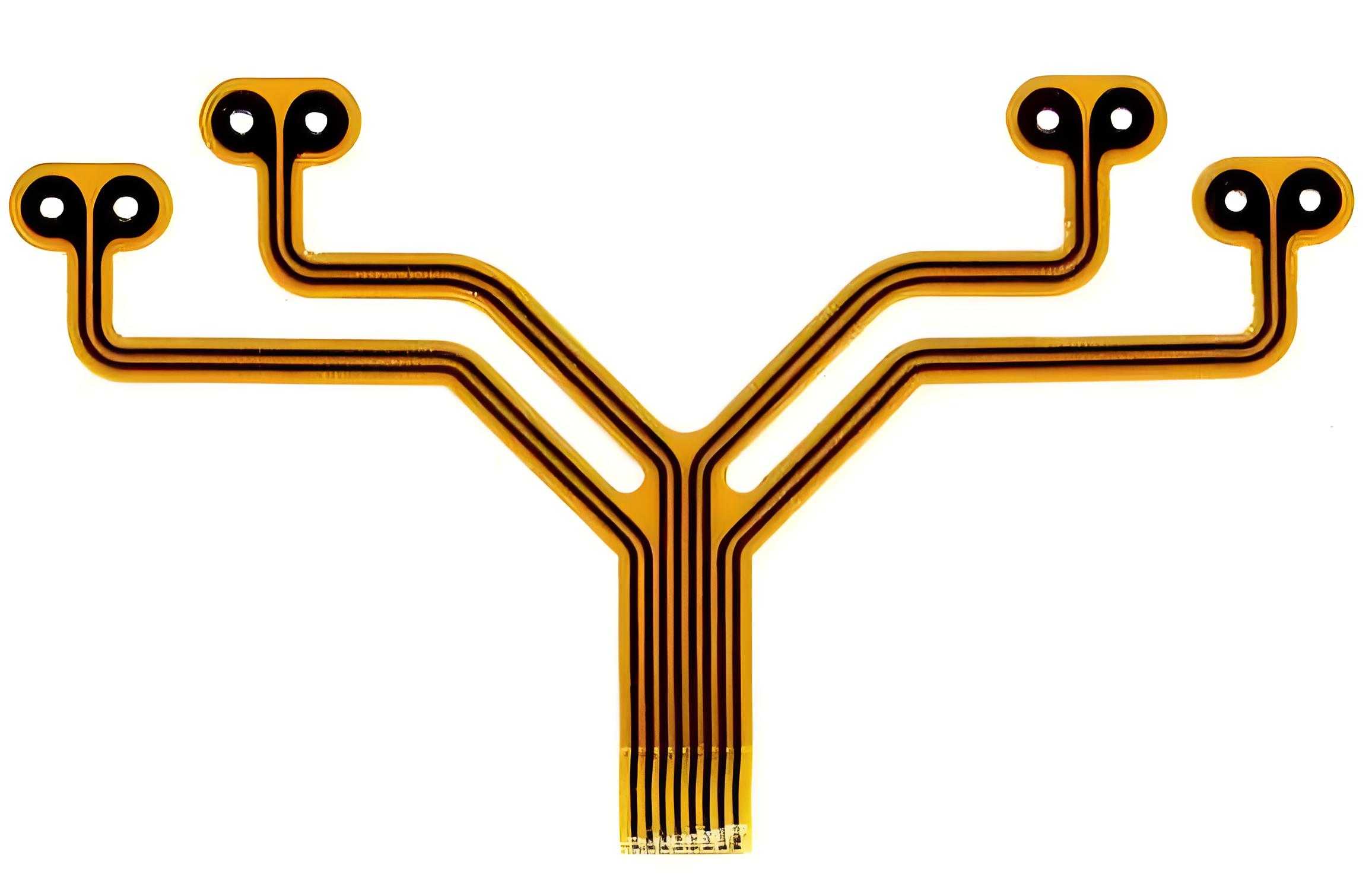
Flexible printed circuit boards (FPCs) have become crucial in various industries due to their versatility, light weight, and ability to fit complex designs. The choice of materials for flexible circuit boards significantly impacts their performance, durability, and cost. In this article, we’ll explore the key materials used in flexible PCBs, their role in ensuring reliable performance, and the market trends shaping the industry, especially in Western markets.
1. Importance of Materials in Flexible PCBs
The materials used in flexible PCBs are critical for achieving their flexibility, strength, and ability to withstand harsh environments. From base substrates to conductive materials, every component plays a role in determining the overall performance. Engineers and manufacturers must carefully select these materials to meet the stringent demands of sectors like automotive, aerospace, and consumer electronics.
2. Common Materials for Flexible PCBs
Flexible printed circuit boards are made from various materials, each serving a specific function. Below are the most commonly used materials in FPCs:
Base Substrate
The base substrate forms the foundation of any flexible circuit. Polyimide (PI) is the most widely used material due to its excellent thermal stability, flexibility, and chemical resistance. It is ideal for applications requiring durability in extreme conditions. For cost-sensitive applications, polyester (PET) is sometimes used, although it offers less thermal resistance than polyimide.
Conductive Materials
Flexible PCBs require materials that can efficiently conduct electricity while maintaining flexibility. The most commonly used conductive material is copper, known for its excellent electrical conductivity and ductility. Electro-deposited (ED) copper and rolled annealed (RA) copper are the two primary types, with RA copper being more suitable for high-flex applications due to its superior flexibility.
Adhesive Layer
The adhesive layer is used to bond the conductive layer with the substrate. Acrylic adhesives and epoxy adhesives are frequently employed due to their strong adhesion properties and ability to withstand environmental stress. In some cases, adhesiveless laminates are used to improve the overall flexibility and durability of the circuit.
Protective Layer
To protect the circuit from environmental damage, a protective layer, often referred to as an overlay, is applied. This layer is typically made from polyimide or other flexible insulating materials. It serves to shield the circuit from moisture, dust, and physical stress, ensuring longevity and reliable performance in various applications.
3. Market Value of Flexible PCB Materials in the West
The Western market, particularly in the U.S. and Europe, has seen significant growth in demand for flexible PCB materials. Industries like electronics, automotive, and aerospace heavily rely on these materials due to their unique properties. The increasing trend toward miniaturization in consumer electronics and the growing adoption of electric vehicles (EVs) have driven the demand for high-performance materials like polyimide and RA copper.
Moreover, the shift toward sustainable practices has further enhanced the demand for materials that are not only durable but also environmentally friendly. Manufacturers in the West are focusing on producing halogen-free and low-toxic flexible PCB materials, ensuring compliance with international environmental regulations.
4. Industry Applications: Electronics, Automotive, and Aerospace
The flexible PCB material market is thriving due to its wide range of applications across industries.
Electronics: Smartphones, tablets, and wearable devices all rely on flexible PCBs for their compact, lightweight, and flexible designs.
Automotive: Flexible PCBs are used in automotive electronics for infotainment systems, safety features, and battery management systems in electric vehicles.
Aerospace: The aerospace industry requires materials that can withstand extreme temperatures and vibrations, making flexible PCBs an ideal choice for avionics and satellite systems.
5. Gekun: Your Trusted Flexible PCB Manufacturer
When it comes to producing high-quality flexible PCBs, Gekun stands out as a leader in the industry. With state-of-the-art manufacturing facilities and a commitment to using the best materials, Gekun ensures that its flexible circuits meet the stringent requirements of modern applications. Whether you are in the automotive, electronics, or aerospace sectors, Gekun offers customized solutions that guarantee optimal performance.
6. Conclusion
In summary, the materials used in flexible PCBs are integral to their performance, flexibility, and reliability. From polyimide substrates to copper conductors, each material plays a key role in ensuring the circuit's success across various industries. As the demand for flexible circuits continues to rise in Western markets, particularly in electronics, automotive, and aerospace, selecting the right materials is more important than ever.
For businesses looking to stay ahead, partnering with a trusted manufacturer like Gekun ensures that your flexible PCB solutions meet the highest industry standards, helping you maintain a competitive edge.








